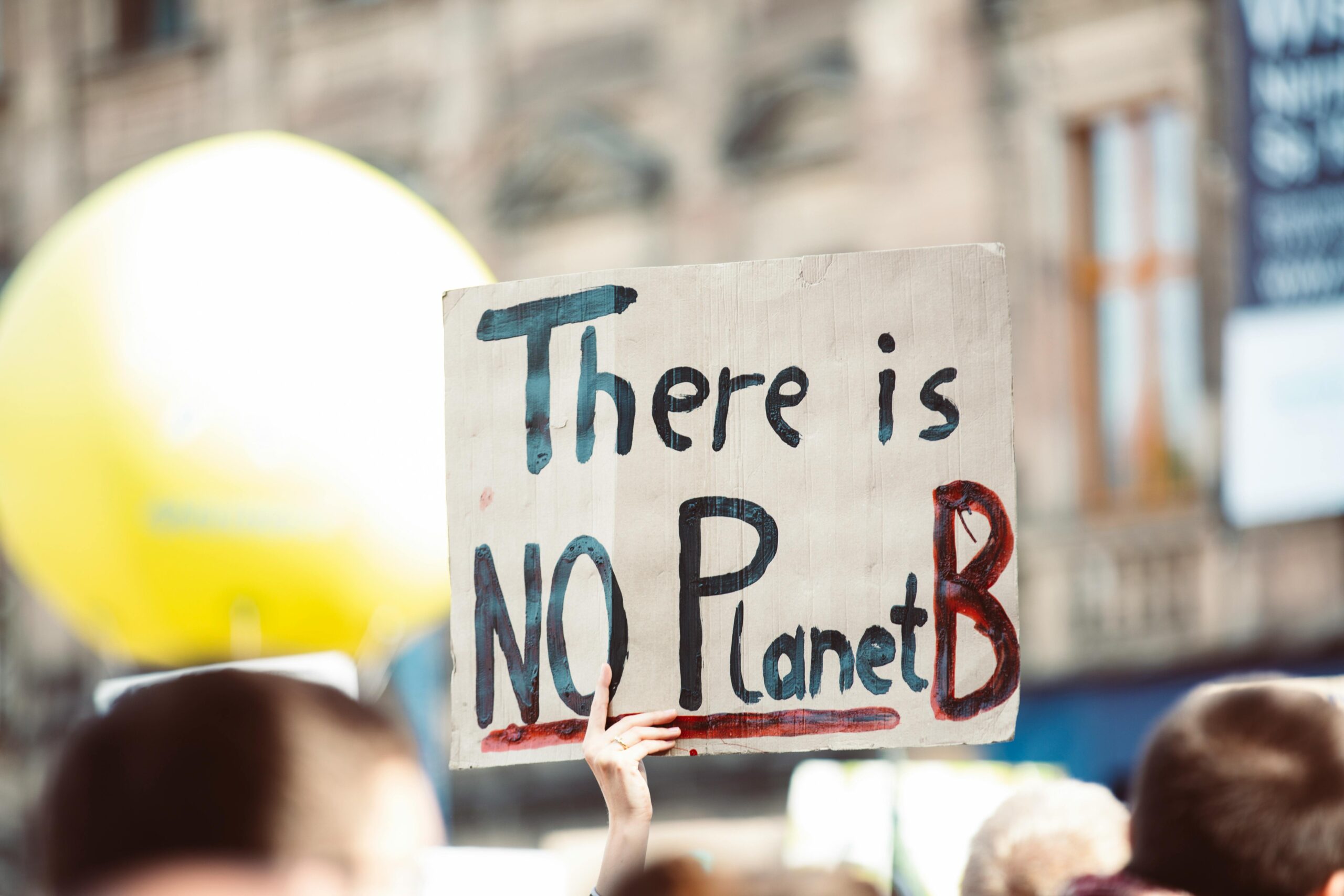
The heatwave that baked the Southwest and parts of Mexico and elsewhere in Central America earlier this month smashed an array of record temperatures. In the first two weeks of June, 1,200 records for day-time highs were either broken or tied, and 1,800 nighttime highs too. The endless heat (which, really, is still ongoing) and the persistent high temperatures at night as well as during the day are both hallmarks of what we might call the new heat wave that’s becoming uncomfortably familiar in much of the United States.
No matter where heat waves strike, Black people are at an increased risk of both heat-related illnesses and death.
And as another heat wave sends temperatures sky-high across the eastern half of the country, a new study gives us a better sense of the role fossil fuels and other human-caused emissions had in the southwestern heat. Analysis done by World Weather Attribution, which specialized in this kind of quick-turn but not peer-reviewed research on climate events, found that the likelihood of such a heatwave was 35 times higher than it would have been in pre-industrial times due to climate change, and that the temperature was also 2.5 degrees higher as a result.
In Mexico, public health authorities said that 125 people died during the heat. North of the border, daily record highs were recorded in a number of Texas cities, including El Paso, Corpus Christi, Brownsville, San Antonio, and Dallas, which is just over 23% Black.
In addition to comparing the chance of this heatwave occurring both in 2024 and in pre-industrial times, WWA compared today to 2000 too. “The changes we have seen in the last 20 years, which feels like just yesterday, are so strong,” WWA climate scientist Friederike Otto told the Associated Press. “It seems sort of far away and a different world.”
Global temperature averages have increased by half a degree Celsius in the last 24 years (and 1.2 degrees over pre-industrial levels, putting the world on the way toward the 1.5 degrees and 2 degrees Celsius thresholds beyond which the worst potential outcomes of climate change lie.
But just a half degree of warming has made summer heat drastically different, as the WWA analysis shows: in the year 2000, such a heat wave had a likelihood of occurring once every 60 years; today, that’s dropped to one in every 15 years.
With the same kind of heat threatening to cook various parts of the country throughout the summer — in ways that were unimaginable a quarter century ago — it shows just how much is at risk if we continue to warm the way that we have.

